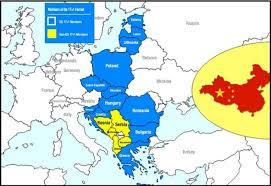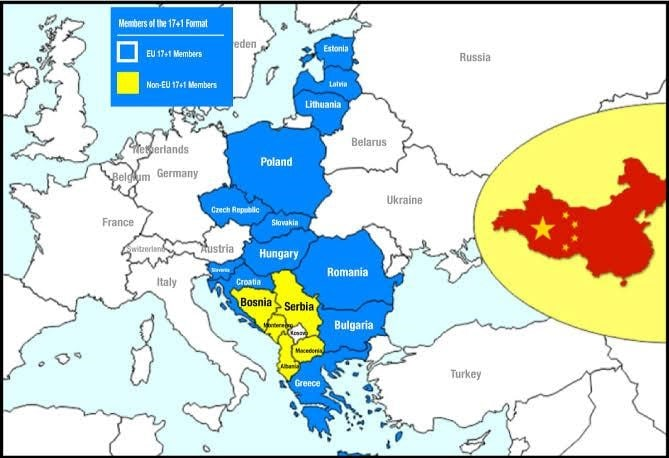CURRENT AFFAIRS
Get the most updated and recent current affair content on Padhaikaro.com
China and Central & Eastern European (CEE) 17+1 mechanism
- Vaid's ICS, Lucknow
- 29, Sep 2021

Why in news?
Context:
Lithuania has justified it’s decision to pull out of the China and Central & Eastern European (CEE) 17+1 mechanism, which is seen as a pro-China grouping of countries within the EU. It has also denied that the decision came because of U.S. pressure.
What was the main trigger for this decision?
- The ‘17 plus one’ format became a divisive forum; it was supposed to act as Europe’s one strong voice.
- Tensions between China and Lithuania have been building up over a number of issues: Lithuania’s new ties with Taiwan, its Parliament’s resolution on Uighurs, and then Chinese sanctions on Lithuanian and EU politicians.
- China has also decided to impose entry bans and sanctionsagainst some European politicians and academics, and that has had an impact on EU-China relations.
What is the “17+1” initiative?
The 17+1 initiative is a China-led format founded in 2012 in Budapest with an aim to expand cooperation between Beijing and the Central and Eastern European (CEE) member countries, with investments and trade for the development of the CEE region.
- The framework also focuses on infrastructure projects such as bridges, motorways, railway lines and modernisation of ports in the member states.
Composition:
The initiative includes twelve EU member states and five Balkan states — Albania, Bosnia and Herzegovina, Bulgaria, Croatia, Czech Republic, Estonia, Greece, Hungary, Latvia, Lithuania, Macedonia, Montenegro, Poland, Romania, Serbia, Slovakia and Slovenia.
Facts for Prelims:
Vanadium
- Vanadium is a chemical element with the symbol V and atomic number 23. It is a hard, silvery-grey, malleable transition metal.
- In 1867 Henry Enfield Roscoe obtained the pure element. Vanadium occurs naturally in about 65 minerals and in fossil fuel deposits.
- It is produced in China and Russia from steel smelter slag.
